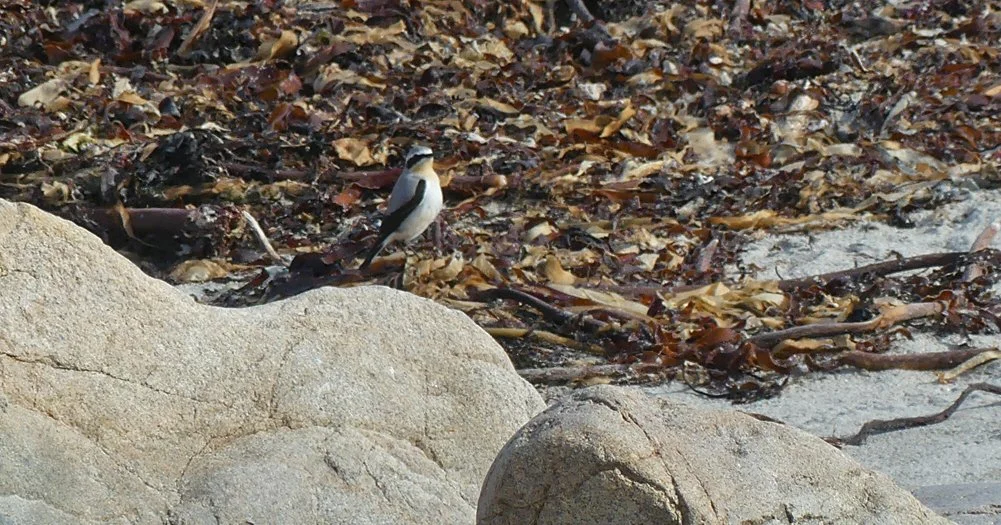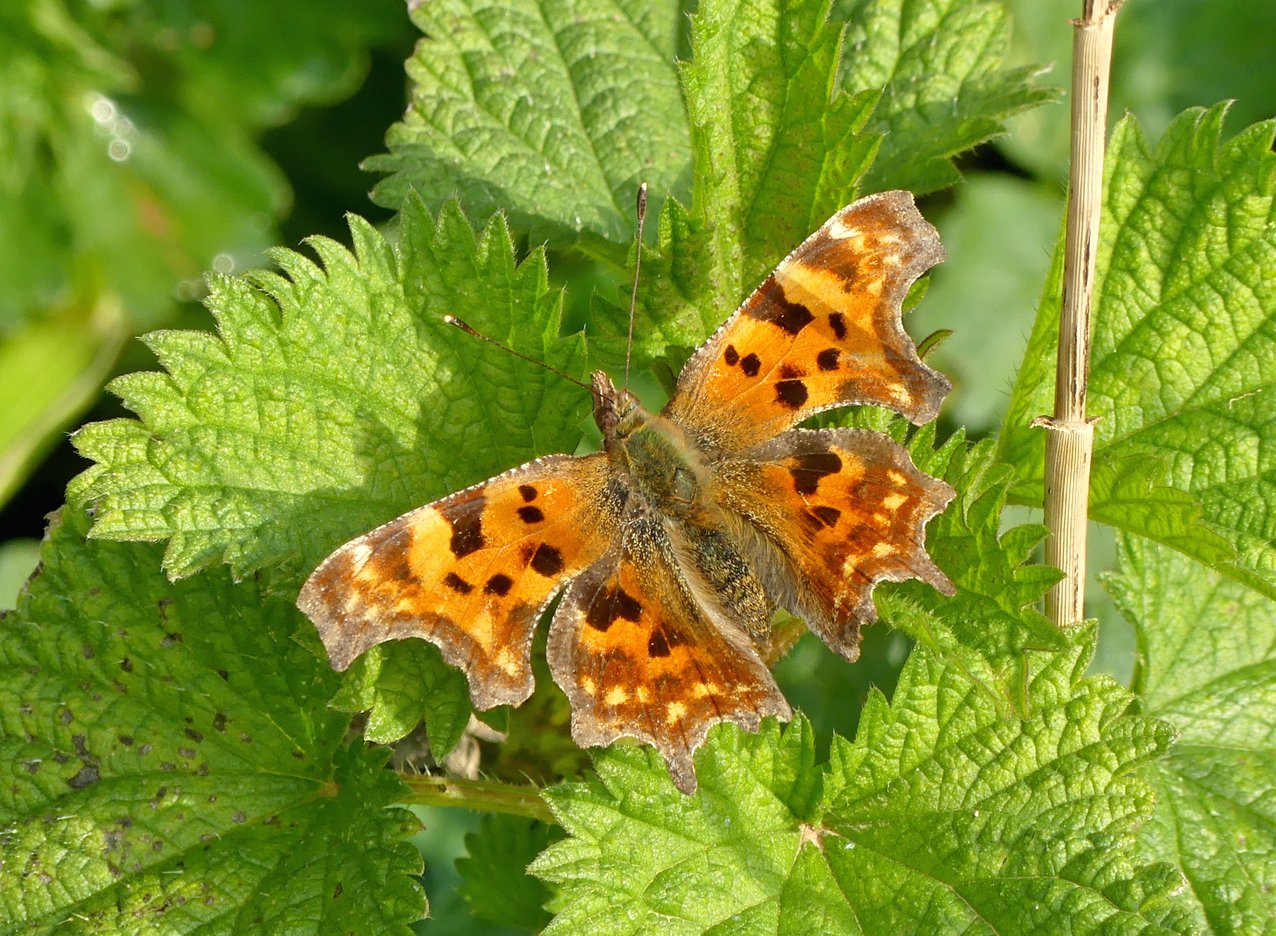March 2022
/Carrion Crow - Ft. Hommet, 24 Mar 22
The weather may have been as miserable as heck, but I had a great start to the month on 1st March. I pulled into the car park at Vazon/Ft Hommet after work and noticed that one of the crows was flying a bit funny. Putting the bins on it I saw it was in fact a Short-eared Owl getting some stick from the aforementioned corvidian bullies. It flapped towards Vazon before turning round and disappearing behind the headland at Albecq.
Short-eared Owl - Vazon, 1 Mar 22
Short-eared Owl - Vazon, 1 Mar 22
A few minutes later I stopped to take a look at the Great Crested Grebe at Grandes Rocques and the Short-eared Owl again appeared, from behind the houses, this time getting some grief from the local larrikin gulls. It flapped over the beach and then circled the sea before again turning north. I managed to follow it in the car as far as Port Soif where it may have gone inland. Only my third record for the patch I think.
Short-eared Owl - Grandes Rocques, 1 Mar 22
The start of March was slow to pick up with migrants, a group of 8 Sandwich Terns powering across Grandes Havres on 7th being the only signs of spring approaching. It wasn’t until 13th that I saw my first Wheatear, in the predictable spot on the beach at Jaonneuse, probably a little later than my recent average date. I think there is an ancient law that requires all birders to take a photo of their first Wheatear of the year and post it online.
Wheatear - Jaonneuse Bay, 13 Mar 22 - first of the year
The next weekend saw the sun come out properly for the first time, with insects flying and a bit of warmth in the air. I went out for a walk round Grand Pre on 20th and there was a lot of bird songs and calls echoing round the reedbed. This included a singing Firecrest, a Great Spotted Woodpecker, a few Chiffchaffs and at least 3 male Cetti’s Warblers. One of the latter started singing from the brambles literally 5 feet from me and I managed to get a really clear recording of a burst of song. Also, a migrant Skylark flew over.
Comma - Grand Pre, 20 Mar 22
White Wagtail - Miellette, 20 Mar 22
Scandinavian Rock Pipit - Miellette, 20 Mar 22 - probably grey and buffy and super’ed enough to be a Scandie
Rock Pipit - Miellette, 20 Mar 22 - this was with the last bird and could be either a Scandie or a local bird I suppose
During the week there were a few migrants to see on the patch. I had Sand Martin at Pulias on 22nd and 24th, with a Firecrest at Fort Hommet on 21st, two new Black Redstarts at Rousse on 25th, and the first migrant Blackcap at Portinfer on 23rd. On 22nd there was a male Ring Ouzel at Pulias which someone had reported earlier in the day, but I only saw it briefly as it flew into a gorse bush never to exit - they can be true skulkers at times. I photographed a Song Thrush at Pulias as it stood out from the other two birds of the same species that were present. I have seen similar birds on the patch at this time of year - practically no warm buff or brown colouration, very grey, especially around face and rump, seem to look smaller, and are generally more content with being under and inside trees and vegetation than the local birds. Not sure where these come from, but I reckon probably eastern Europe or beyond, returning home in the spring from wherever they have been wintering.
Song Thrush - Pulias, 21 Mar 22
Portinfer/Pecqueries - 23 Mar 22 - the coastal path flanked on either side by Triquetrous Garlic.
In the morning of Friday 25th March, a grapevine came in of a brief sighting of Chough from the west coast, but the bird was seen to fly off. It was not a surprise to get a second grapevine message in the evening after work saying it had been seen again at Pleinmont. I wasn’t sure whether to set out on such a long trek after a full week of work, especially since the bird would be no doubt from the Jersey reintroduction scheme. I am glad I decided to though, as the bird was soon pinned down, and we had really good views of it on the cliff slope below Mabel’s. It fed quite contently, picking grubs out of the turf before flying off north after a while.
The rings proved it was indeed from the Jersey scheme - a female bird apparently, which was bred in the wild from released parents. I didn’t know whether to add it to my Guernsey List but decided that I might as well as it wasn’t a captive bred bird and life’s too short to worry about nonsense like that. I probably wouldn’t have added it to my life list. It was an enjoyable bird and was calling quite a lot. I managed to record a few of the calls despite the noisy wind. I can’t remember the last time I saw a Chough properly - I saw a few in Europe over the last few years but all were distant and brief.
I like to think that this bird was scouting for good breeding sites and will fly back and tell its Jersey crew that the grass is indeed greener on the other side(island), and a mass exodus will follow, and the species will soon be breeding all along the cliffs like it used to do a hundred years ago.
Chough - Pleinmont, 25 Mar 22
Chough - Pleinmont, 25 Mar 22
Chough - Pleinmont, 25 Mar 22
A leaf blew into the garden which had all these weird triangular patches on them - I still haven’t a clue what they are. They do not seem to be part of the leaf structure as they cross some of the veins. who knows?















